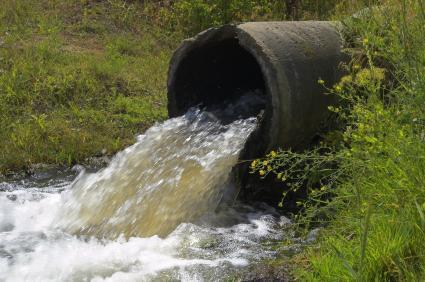A new report published by Marsh has found a number of new insurance purchasing trends

A new report by Marsh has found several new insurance purchasing trends following the implementation of EU Environmental Liability Directive (ELD).
The report analyses more than 700 environmental insurance policies placed by Marsh for clients operating across the EU between 2006 and 2014, including the high-risk energy, waste, and industrial manufacturing sectors (as defined in Annex III of the ELD), and the low-risk infrastructure and real estate sectors.
It found that the annual average growth in the uptake of operational EIL insurance policies across the EU stands at 13.6% between 2006-2014, with growth of 18.9% in high risk industries and 6.3% in low-risk industries respectively.
For energy, waste, and industrial manufacturing firms carrying out dangerous activities listed in Annex III of the ELD, the annual average growth in EIL indemnity limits rose between 8%-15% during 2006-2014.
Conversely, the indemnity limits on EIL insurance policies obtained by infrastructure and real estate companies, where there is fault-based liability for environmental damage (not Annex III), were either stable or reduced between 2006 and 2014.
However, in 2013-2014, Marsh noted an increase in the indemnity limits sought by real estate clients, as firms sought to transfer more of their liability to the insurance market.
For energy, waste, and industrial manufacturing businesses operating under Annex III, insurance premiums generally reduced between 2006 and 2009. More recently, Marsh notes that premiums have increased, which is reflective of the perceived risk by insurers.
The average premiums for companies in the low-risk infrastructure and real estate sectors were stable or reduced slightly between 2011 and 2014. A recent rise in premiums in the real estate sector is reflective of the increased limits of indemnity being sought.
Dr Cliff Warman, environmental practice leader, Europe, the Middle East, and Africa, at Marsh, commented: “Companies have diverted resources following the implementation of the ELD to develop robust environmental risk management solutions that mitigate specific environmental risk issues. This approach, together with specialist EIL insurance that transfers their environmental liabilities, makes them better placed to respond to the obligations set out in the ELD and act swiftly in the event of an incident taking place.”




















No comments yet